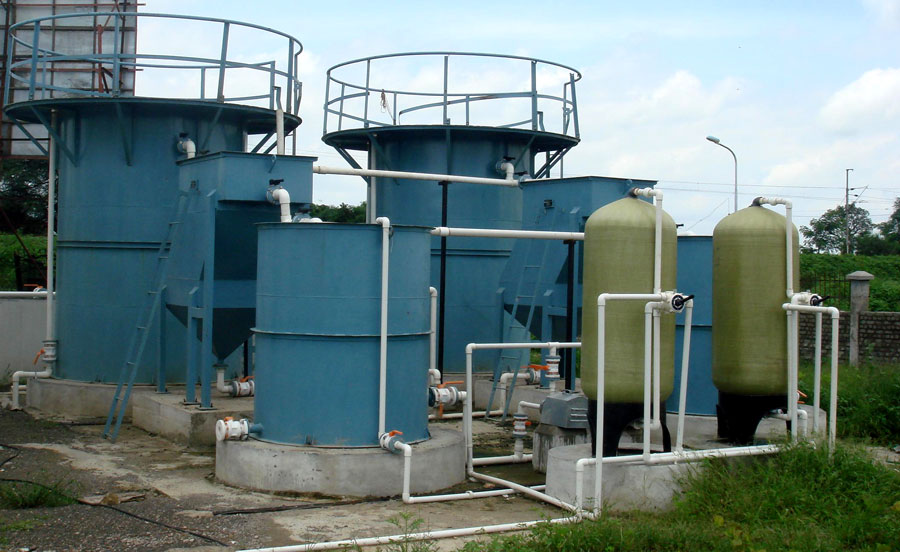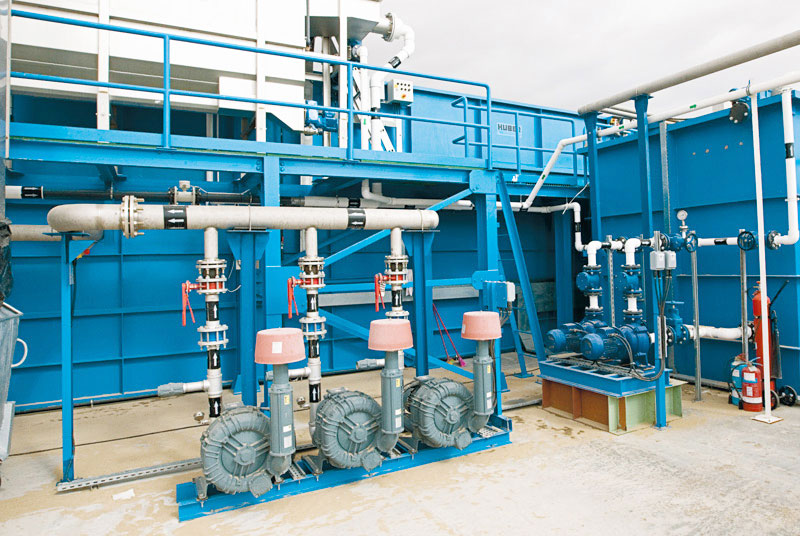
WHAT IS SEWAGE?
Sewage is usually resulted of the disposals from residence, industry, offices, factories and other public outlets. This disposal includes the waste & water from kitchen, bath, toilets, rain waters & other occasionally cleaning operations. Though the waste water coming from the industrial area can not be re-used as it contains the high level of solids & chemicals which made the water color Black where as the disposals or waste coming through household is of grey color which can be recycled and re-used for planting or harvesting. It can also be supplied back to residential or commercial buildings to use it for flushing the toilets. But due to improper sewage system, black water is getting mixed with the grey water for which this treatment is adopted.
Types
Sewage is of usually three types:-
1.Domestic Sewage: This is the result of household chaos. Daily routine work includes bathing, toilet, washing clothes or kitchen utensils, cleaning etc. This kind of disposal are of grey color which is later recycled for re-use purposes. This recycled water is used for further planting, harvesting or for other nature related work. This sewage is also called sanitary sewage. This sewage can be purified with an extent of 99.9% but yet it includes some harmful stuff which cannot be re-used for the same purposes.
2. Industrial Sewage: This is generated through the activities performed in industry or factory outlets. This contains the poisonous chemicals, solids, oils etc which cannot be dissolved in water and so they ruin the water completely. Their cleanliness percentage resembles only 0 .1% and that’s why it cannot be re-used for any purposes. This sewage is quite smelly and of black color which could results of harmful diseases for the surrounding peoples.
3. Storm Sewage: Rain water and other natural water contain the organic materials which are not at all harmful. Dissolved dust is purified to make it re-usable and supplied through pipelines.
The main goal of treatment is to make the waste water re-usable or smoothened the flow of water lying on roads or lands or coming from the different outlets. This treatment is performed as per the local, state and federal regulations or standards.
Measures
BOD - the full form of which is Biochemical Oxygen Demand and is used to measure the strength of sewage. It is calculated by incubating at 20 degree Celsius for 5 days period and measuring the dissolved oxygen from the beginning till the end of the period. and it is one of the most commonly used measures for the strength of the sewage.
COD stands for Chemical Oxygen Demand whose value is more than the BODs. It could bring the results within few hours. It is a measure of the amount of oxygen required to chemically oxidize the sewage.
Process: The treatment process involves the three stages which are as follows:-
* Primary treatment is a basic method of cleaning the solids or chemicals from the waste water. In this treatment, water is temporarily stocked in an immovable basin in which heavy solids retained at the bottom surface where as chemicals, light solids or oils float to the above water surface. The settled solutes are removed from the bottom and upper surface and the remnant waste water may be left free or re-cycled through secondary treatment.
* Secondary treatment is basically used to remove the biological waste comes through household chaos, such as washing, cleaning or bathing. This treatment is performed through biological process in which micro organisms are separated from the discharged water prior to territory treatment to make the water re-usable.
* Tertiary treatment helps is removing more than 90% of solutes which is completely disinfected. This kind of treatment is quite expensive and performed under special circumstances. This treatment is eco-friendly and almost produces the quality of drinking water.
List of alternative secondary treatment methods:
- Activated sludge.
- Aerated lagoon.
- Aerobic granulation.
- Constructed wetland
- Membrane bioreactor
- Rotating biological contactor
- Trickling filter


